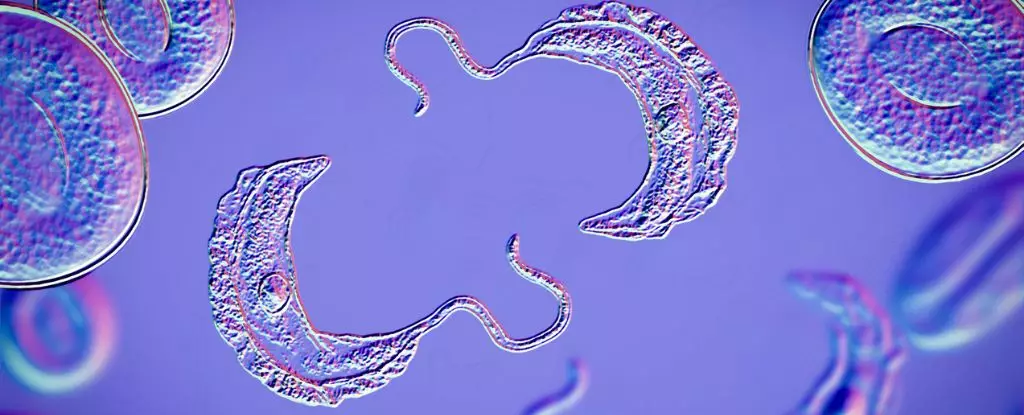Sleeping sickness, also known as Human African trypanosomiasis (HAT), is a neglected tropical disease that plagues sub-Saharan Africa. It is caused by Trypanosoma, a microscopic parasite that enters the bloodstream through the bite of a tsetse fly. For months or even years, the parasite produces few to no symptoms, allowing it to prepare for its eventual invasion of the brain. When it finally reaches the brain, it triggers a range of cognitive issues, including personality changes, paranoia, confusion, hallucinations, poor coordination, sensory disturbances, and convulsions. In later stages of the infection, sudden episodes of fury can even place family members at risk of violence. Circadian disruptions, especially insomnia at night and excessive bouts of sleep during the day, play a significant role in the disease. The infection is called sleeping sickness because of the excessive sleepiness that it causes and the fact that it is always fatal if left untreated.
The Current State of Treatment for Sleeping Sickness
For over a century, scientists have known about HAT, but they still do not understand how the parasite invades the human brain. T. brucei gambiense, one of the two subspecies of Trypanosoma endemic to Africa, is responsible for most cases of sleeping sickness today. It is believed to penetrate the blood-brain barrier, a defensive wall that keeps most toxins and pathogens out of the central nervous system. Recent studies on rodents suggest that T. b. gambiense might cross the blood-cerebrospinal border (BCB), which separates the fluid that bathes the brain and spinal cord from blood-infused tissue. Once the parasite arrives in the brain, it is challenging to target it with medicine without causing unwanted damage. In the past, physicians have relied on toxic treatments like arsenic to rid people of the parasite, causing roughly 5 percent of patients to die in the process. Today, treatments for sleeping sickness have been confined to multiple painful injections, sometimes in the spine. Even then, success is not guaranteed. Between 30 and 50 percent of patients who receive these forms of therapy relapse.
New Hope in the Fight Against Sleeping Sickness
In the quest for eradicating sleeping sickness, scientists have developed a new oral drug that could be a saving grace for hundreds of people in Africa who continue to be diagnosed with this harrowing illness each year. The medicine only needs to be taken once, and it is 95 percent effective at curing the disease. Even better, there is a chance it could stop future epidemics from breaking out, like those that claimed the lives of thousands in the 1920s and in the 1970s, 80s, and 90s.
Today, the World Health Organization (WHO) has committed to eradicating HAT by 2030. Infectious disease specialist Jacques Pépin explained that it was going to be “tough” because it is always the last few miles that are difficult when trying to eradicate a disease. Previously, WHO wanted to eradicate HAT by 2020, but the only oral medicine available for the illness involved a 10-day course of treatment. Compared to other diseases, HAT impacts only a small number of people, which means that drug companies have not been incentivized to search for a better cure. Public health officials at WHO have been working tirelessly since 2013 to change that.
Thanks to this new and impressive-looking oral medicine, experts now say that sleeping sickness is truly on its way to elimination.



Leave a Reply